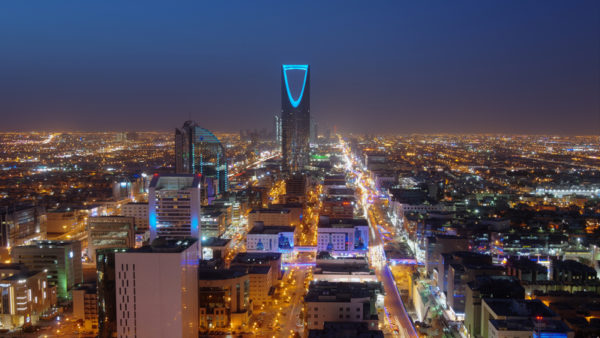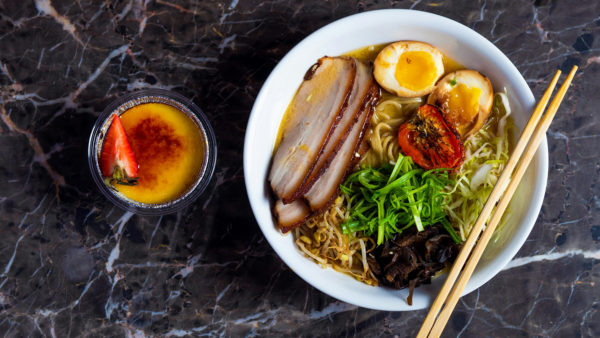23 October 2013
Libya’s fragile government may still be battling to contain rival militias but, two years after Muammar Gaddafi’s rule ended, a new arts centre has sought to capture the values and experiences of the revolution.
“Doshma”, meaning “bunker”, was completed in June this year and has hosted its first exhibition: Noon Arts’ Haderza Mensia, which translates as the ‘Forgotten Chatter’.
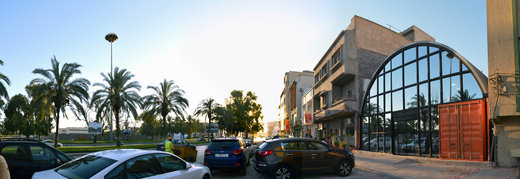
The 140-sq-m centre in Tripoli cost just $163,000 to build (Mark Keville and Libya Design)
Doshma’s architect, Libya Design, says the centre in Tripoli has “established itself as a hub of creativity where art can be exhibited, ideas can be expressed and the people of Libya brought together in a setting where they can eat, drink and relax.”
Affected deeply by the revolution that began in February 2011, Libya Design says it wanted to “focus on the power of human endeavour” by creating a structural reminder of how far Libya has come in the last two years.
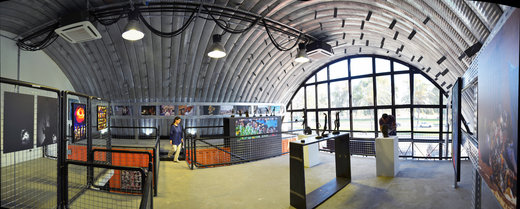
Materials and welds are harsh, but the space is light and open (Mark Keville and Libya Design)
The architects sought to build ‘as it had been during the revolution’, where men and women used whatever building materials were to hand.
This informed the material selection and welding process that constructed the arched aluminium of the roof, which was the same process used to build defences by the Libyans.
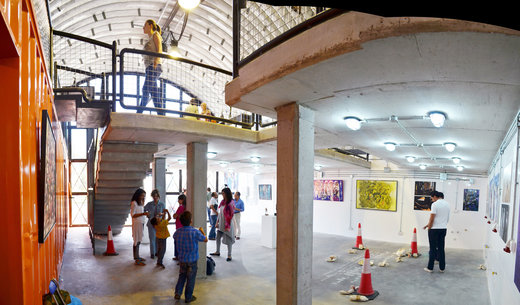
Designed to be a “hub of creativity where art can be exhibited, ideas can be expressed and the people of Libya brought together in a setting where they can eat, drink and relax” (Mark Keville and Libya Design)
Working with Libyan engineers Allabina and Libyan contractor and developer HudHud, Libya Design were able to keep the build cost of the 140-sq-m centre to 200,000 Libyan Dinar, just under $164,000.
“Doshma is an architectural response to a country’s struggle,” said Walid El-Turki, who helped found Libya Design in 2011, the year the revolution began.
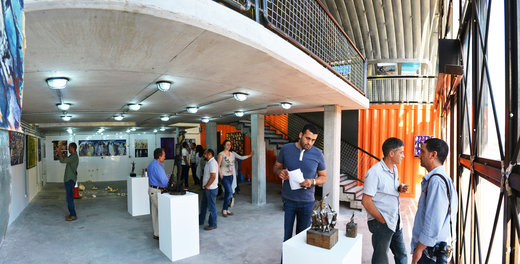
The main glass façade stands out from the concrete walls of its surroundings and “breaks down the restrictions and boundaries of privacy” (Mark Keville and Libya Design)
He said the transparency of the main glass façade stands out from the concrete walls of its surroundings and “breaks down the restrictions and boundaries of privacy”.
“The materials are cold, harsh and industrial and yet the space is made welcoming and intimate by the personal art on display, which adds colour, life and personality,” the company said.
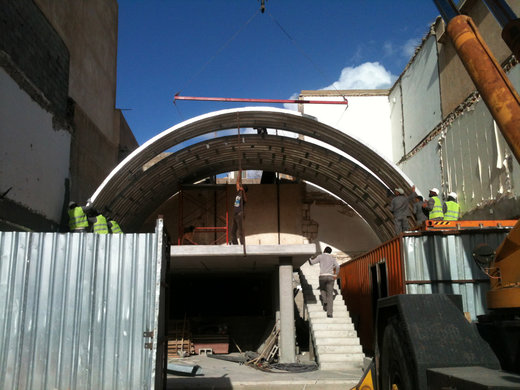
The design incorporates a shipping container originally used to transport aid to Tripoli during the revolution (Mark Keville and Libya Design)
To one side, protruding from the glass exterior, a smaller studio is constructed from a disused shipping container that was originally used to transport aid to Tripoli during the revolution.








